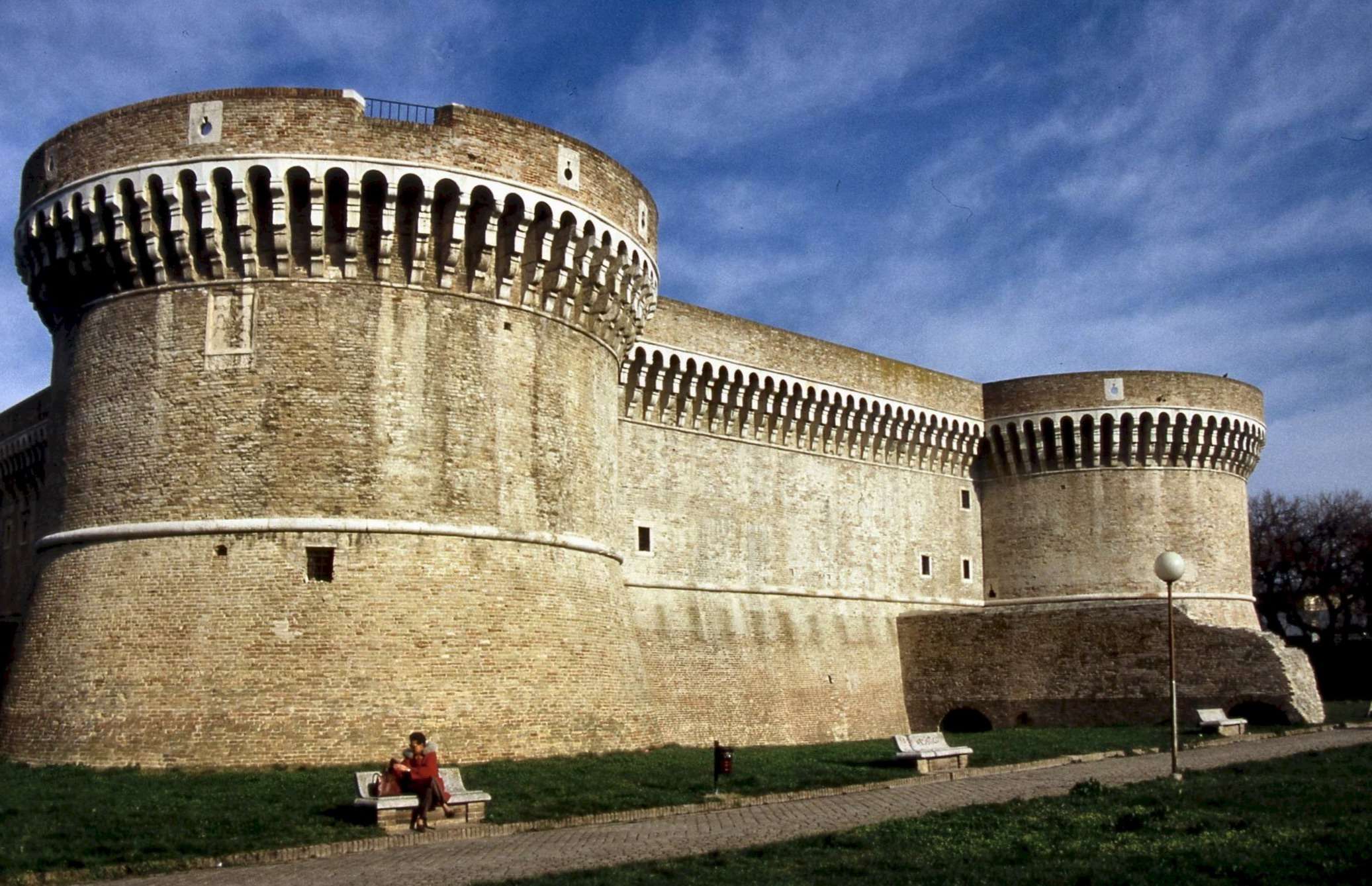Want to learn more about Senigallia, Italy? Read on for facts and info on this commune and port town situated along the Adriatic coast…
Located on Italy’s Adriatic coast, Senigallia is regarded as being both a commune as well as a port town. The exact location of the region places it at a distance of about 25 km by rail towards the north of Ancona. The surrounding territory is known as the Marche region which falls in the province of Ancona. The commune is blessed with a natural port which is formed by the lower reaches of a stream known as Misa. The stream also flows through the town and serves as the major water supply for the commune.
History of Senigallia
This scenic commune was founded back in the fourth century BC by a Gallic tribe belonging to the Senones. It is also regarded as being the first Roman colony along the Adriatic shore. It was following the victory of the Romans over the Senones in 280 BC that the region was colonized by the Romans. The unique name of the commune is actually a Roman corruption of the original name of the inhabitants of the region. In order to distinguish the region from Saena in Etruria they added the word Gallicia to the name of the commune as well. Historical records also show mention of this place associated with the defeat of Hasdrubal at the Battle of Metaurus which occurred in 207 BC. Senigallia was devastated by the eruption of the Pompeii volcano in 82 BC. Little or no mention of the region can be found in historical records following this date up until quite recent times.
Senigallia was once ravaged by the Alaric. However the Byzantines later fortified the region as they occupied the surrounding territories. Senigallia was to witness the ravages of war once again at the hands of the Lombards in the eighth century and then yet once again by the Saracens in the ninth century. The commune is also counted among the five cities of medieval Adriatic duchy of Pentapolis and occupies the second easternmost position in this regard. It is home to the the city of Fano to its west and Ancona to its east.
The region is also remembered in history as being the host for one of the largest fairs held in the country. Senigallia has continued to host this fair from the year 1200 onwards. The purpose of putting up the fair was to display relics that once belonged to Mary Magdalene. This attracted visitors and merchants from surrounding areas in Switzerland, France, Germany and Austria.
Over the course of history Senigallia has witnessed many wars which greatly hampered its progress. In fact it had become a ruined city for quite some time due to the atrocities of war. Similarly it has been captured and recaptured over and over again by different people from various regions. The continuously changing inhabitants of the commune left behind their signs in the form of architectural buildings that attract people from all over the world.





